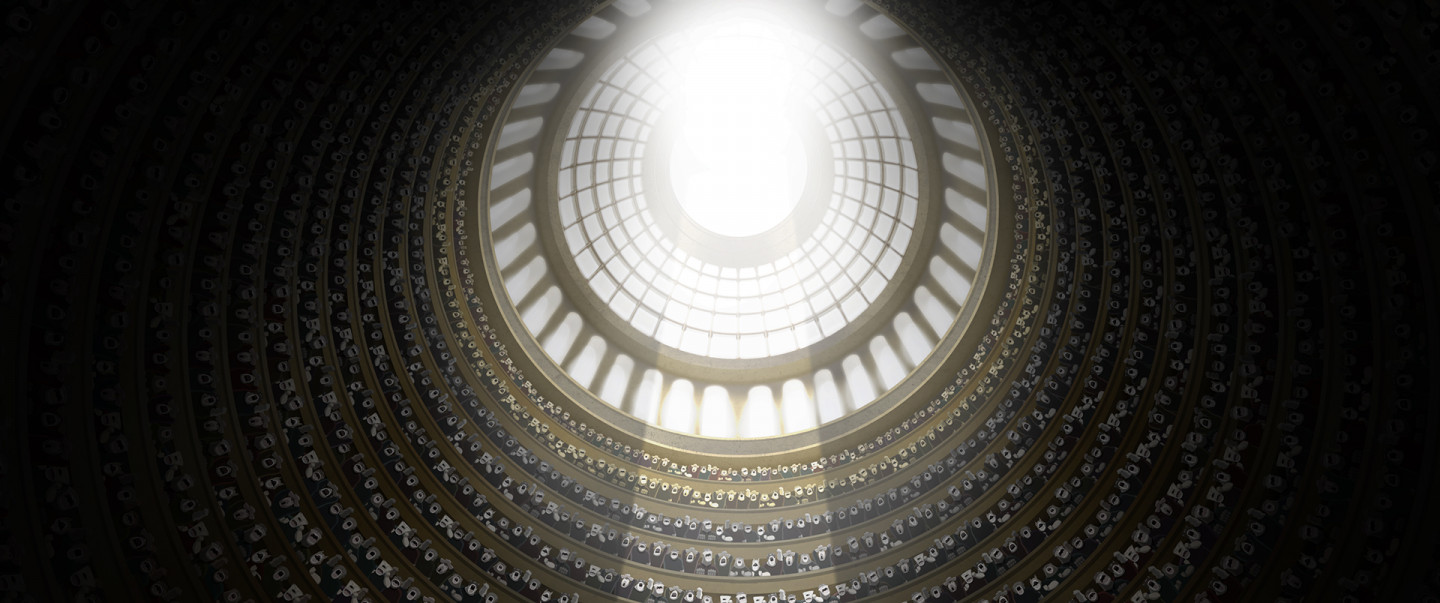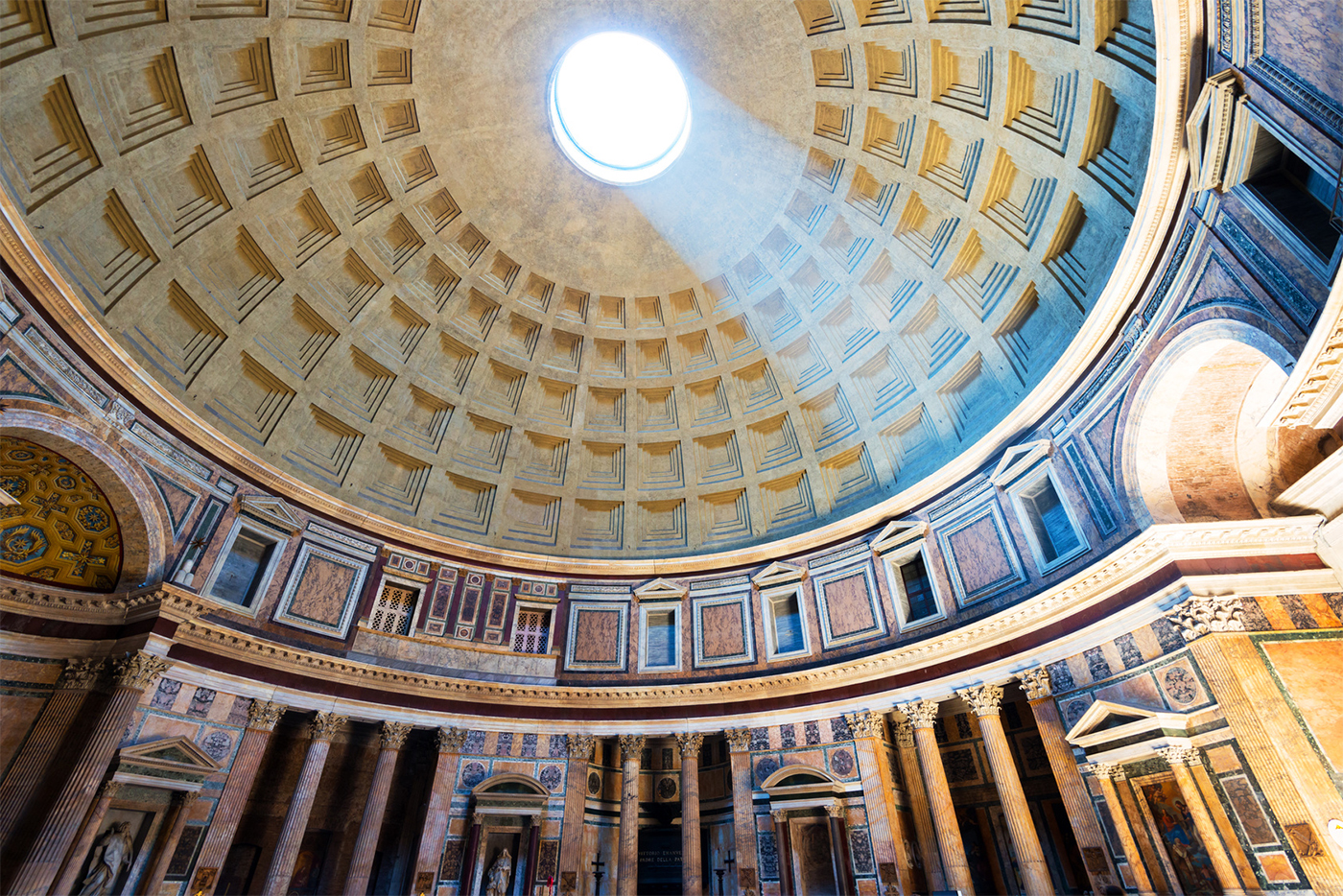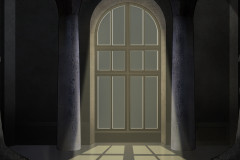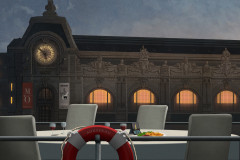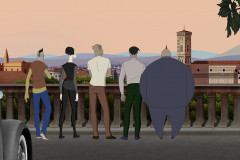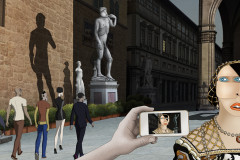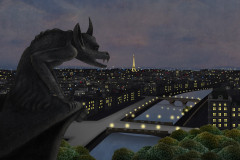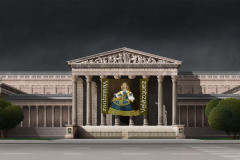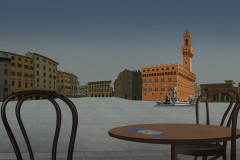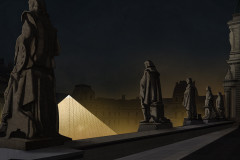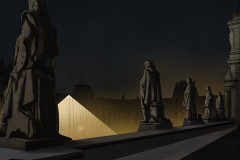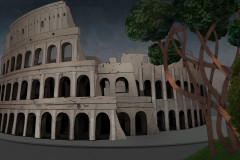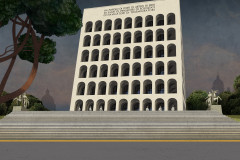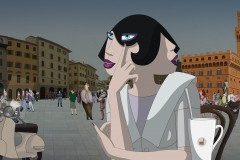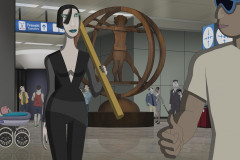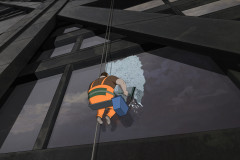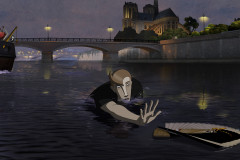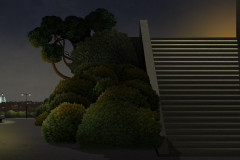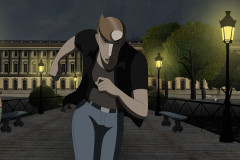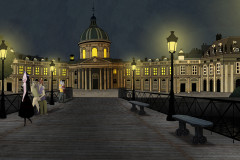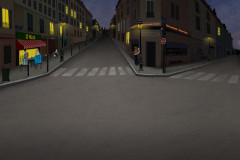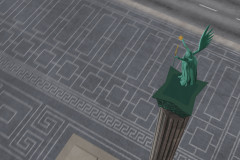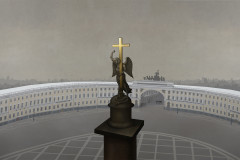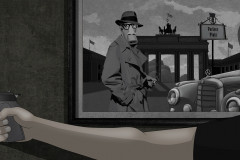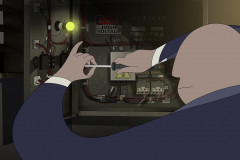Ha jóban akarsz lenni az apósoddal, építs neki templomot! A Pantheon építtetője, Agrippa legalábbis így gondolhatta i.e. 27-ben, hiszen apósa, Augustus császár kedvében akart járni az „összes istenek” tiszteletére emelt templommal. A fríz szövege Agrippa tettének állít emléket. A templom mai formáját Hadrianus uralkodása alatt nyerte el 127-körül, tervezője valószínűleg damaszkuszi Apollodórosz volt. A Pantheon tömege két részből áll: a portikusz 16 korinthoszi oszloppal támasztja a timpanont. Ehhez kapcsolódik a kör alakú a rotunda beton kupolával fedve. A kupola magassága és átmérője pontosan ugyanakkora (43,3 méter), így a tökéletességet szimbolizálja. A templom egyetlen fényforrása a kupolán lévő 9 méteres kör alakú nyílás (oculus). A kupolát belülről öt koncentrikus körben elhelyezett kazettasorral, kívülről egykor aranyozott bronz tetőcserepekkel díszítették. Mivel a kazetták nem négyzet, hanem trapéz alakúak, a kupola még magasabbnak tűnik. Ezért okozhat némi csalódás a Pantheon külső képe, hiszen a külső támasztékok miatt a kupola sokkal laposabbnak tűnik. A Pantheonban találjuk egyébként néhány híres olasz sírhelyét, itt nyugszik Raffaello és Viktor Emánuel is.
Szegény Ruben egyre durvábbakat „rémálmodik’! Ő valószínűleg nem a kupolával foglalkozik, amikor a Pantheon belsejében meg kell küzdenie Elvis-szel. „Párbaj-párbaj!” – skandálja a tömeg. A kupola kazettái helyett a nézők „díszítik” a belső teret, félelmetesen magasodnak Ruben fölé. És ha ez még nem lenne elég, Elvis hirtelen megkettőződik: Dupla Elvis! A „Lángoló csillag” csípőből tüzel – így aztán nincs sok esély…
Pantheon
If you want to win your father-in-law’s favor, build him a temple—or so thought Agrippa, who commissioned the Pantheon in 27 BCE to honor “all the gods” and impress his father-in-law, Emperor Augustus. The frieze still bears Agrippa’s name in tribute. The building as we see it today took shape under Emperor Hadrian around 127 CE, likely designed by Apollodorus of Damascus.
The Pantheon is composed of two distinct masses: a portico supported by 16 Corinthian columns topped with a pediment, and a circular rotunda covered by a massive concrete dome. Both the dome’s height and diameter measure 43.3 meters, symbolizing geometric perfection. The only light source is a 9-meter-wide circular opening at the dome’s center—the oculus. Inside, the dome is decorated with five concentric rings of sunken coffers; originally, its exterior was covered in gilded bronze tiles. Because the coffers are trapezoidal rather than square, they create the illusion of even greater height. This makes the dome’s relatively flat appearance from outside somewhat surprising.
Today, the Pantheon also serves as the final resting place for notable Italians, including the painter Raphael and King Victor Emmanuel II.
Ruben, however, has no time to admire the dome’s proportions—he’s busy surviving yet another nightmare. Inside the Pantheon, he faces off against Elvis. “Duel! Duel!” the crowd chants, looming over Ruben like a living coffered ceiling. As if things couldn’t get worse, Elvis suddenly duplicates. Double Elvis! The “Flaming Star” fires from the hip—leaving Ruben with little hope of escape…






